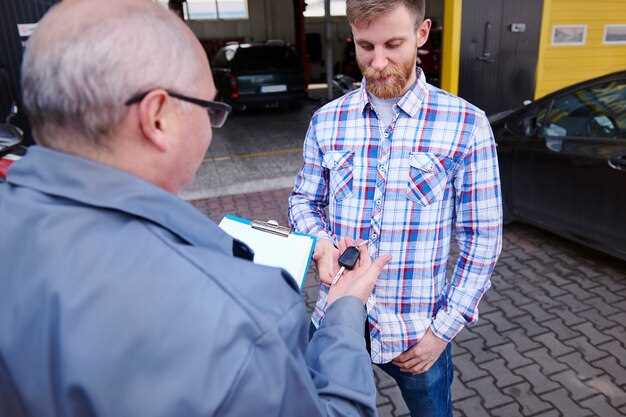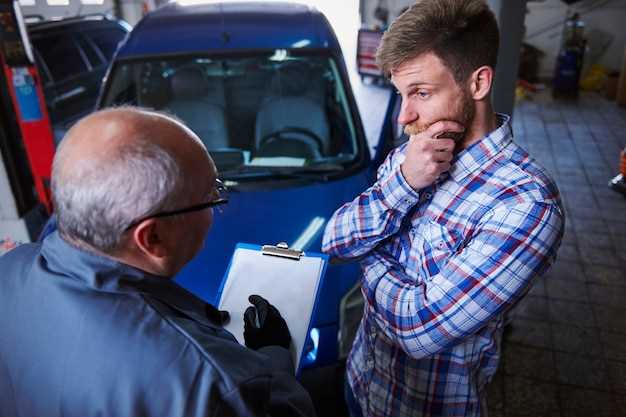
Negotiating the price of a salvage vehicle can be a daunting task for many buyers. Understanding how to approach this process is crucial for securing a deal that not only fits your budget but also satisfies your automotive needs. Salvage vehicles, often sold at a fraction of their market value due to previous damage, offer an opportunity for savvy buyers to save significant sums. However, without the right strategies, you may end up overpaying or missing out on a better deal.
To successfully negotiate salvage vehicle prices, it is essential to conduct thorough research. Knowledge about the car’s make, model, and history can empower you during negotiations. Gather information about the average market prices for similar vehicles and consider the extent of the damage that led to its salvage title. This background will provide a solid foundation upon which to base your negotiations and will help you understand the true value of the vehicle in question.
Additionally, approaching the negotiation with a clear mindset and specific criteria will bolster your position. Being prepared to walk away if the deal does not meet your expected parameters can shift the dynamic in your favor. Ultimately, negotiating the price of a salvage vehicle requires a blend of research, preparation, and confidence to make an informed and advantageous purchase.
Understanding the True Value of Salvage Vehicles

When engaging in negotiations for salvage vehicles, it is crucial to assess their true value accurately. A salvage vehicle typically refers to a car that has been damaged and deemed a total loss by an insurance company. Understanding this classification is essential, as it affects the price and potential future value of the vehicle.
Several factors contribute to determining the value of salvage vehicles. First, the extent of the damage must be evaluated. Whether the vehicle has structural issues, engine problems, or simply body damage will significantly impact its worth. A vehicle requiring extensive repairs might not be a good deal, even at a low price.
Second, consider the make and model. Popular vehicles may retain some value despite their salvage history, as their parts can be in demand. Researching comparable sales can provide insight into what similar salvage vehicles are fetching in the market, helping you to form a reasonable offer.
Third, assessing the potential for restoration is critical. Some salvage vehicles may be repaired to provide reliable transportation, while others may be better suited for parts. Understanding these possibilities will guide you in negotiating a price that reflects the vehicle’s true potential.
Lastly, keep in mind the legal implications. Salvage vehicles may come with certain restrictions regarding their use and resale. Being aware of these regulations will aid in ensuring that the deal you’re considering aligns with your long-term plans for the vehicle.
In conclusion, grasping the true value of salvage vehicles involves a blend of evaluating damage, researching the market, considering restoration potential, and understanding legal aspects. This comprehensive approach will enable you to negotiate a fair price and achieve a successful deal.
Key Negotiation Tactics for Salvage Deals
Negotiating a deal for a salvage vehicle can be nuanced, requiring a mix of strategy and insight. One effective tactic is to conduct thorough research on the vehicle’s history and current market value. Understanding the vehicle’s condition, previous accidents, and the cost of necessary repairs can provide leverage during negotiation. Presenting factual data can help in justifying a lower price and convincing the seller to reconsider their initial offer.
Another vital tactic is to establish a strong rapport with the seller. Building a personal connection can facilitate open communication and create a more amicable negotiation environment. When sellers feel respected and understood, they may be more willing to compromise on price and terms. Active listening also plays a significant role; acknowledging the seller’s perspective can pave the way for mutually beneficial solutions.
Timing is crucial in negotiations. Being prepared to walk away from a deal, if the terms are not favorable, can strengthen your position. This tactic demonstrates your seriousness and independence. Sellers may be more inclined to reconsider their stance if they sense that you are willing to explore other options. Additionally, showing urgency without desperation can lead sellers to prioritize your offer.
Finally, utilize strategic questioning to uncover potential weaknesses in the seller’s position. Inquire about any time constraints they may have or if there are aspects of the vehicle that may not be fully disclosed. This approach can reveal opportunities for negotiation and provide further justification for a reduced price. By employing these techniques, you can enhance your chances of securing a favorable deal in salvage vehicle transactions.
Post-Negotiation Steps to Secure Your Purchase

After successfully negotiating the price for a salvage vehicle, it’s crucial to take specific steps to ensure that your deal is finalized properly and securely. Here are essential actions to undertake:
- Review the Agreement:
Carefully read through the purchase agreement to confirm that all negotiated terms are accurately documented. Look for any discrepancies in price, conditions, and additional fees.
- Check the Title Status:
Ensure that the title of the salvage vehicle is clear and free of liens. A clean title is essential for a smooth transfer of ownership.
- Verify the Vehicle’s History:
Utilize services such as Carfax or AutoCheck to obtain a complete history report of the vehicle. This can reveal prior accidents, repairs, and odometer readings.
- Conduct a Thorough Inspection:
If not already done, have the salvage vehicle inspected by a trusted mechanic. This will help identify any hidden issues that may affect your purchase decision.
- Finalize Payment Method:
Choose a secure payment method for your purchase. Whether paying in cash, bank transfer, or financing, ensure that the payment terms are clear and documented.
- Insure the Vehicle:
Before driving off, secure appropriate insurance for your salvage vehicle. Many insurers will cover salvage vehicles, but it’s important to verify the policy terms.
- Complete the Transfer:
Take care of all paperwork needed for the transfer of ownership. This includes signing the title, transferring registration, and obtaining a bill of sale.
- Plan for Repairs and Maintenance:
Have a plan for immediate repairs or modifications needed on the salvage vehicle. Prioritize repairs that affect safety and functionality.
Following these steps after negotiating a deal will help secure your purchase and ensure a smoother experience with your salvage vehicle. Each action contributes to protecting your investment and maximizing your satisfaction with the deal made.
